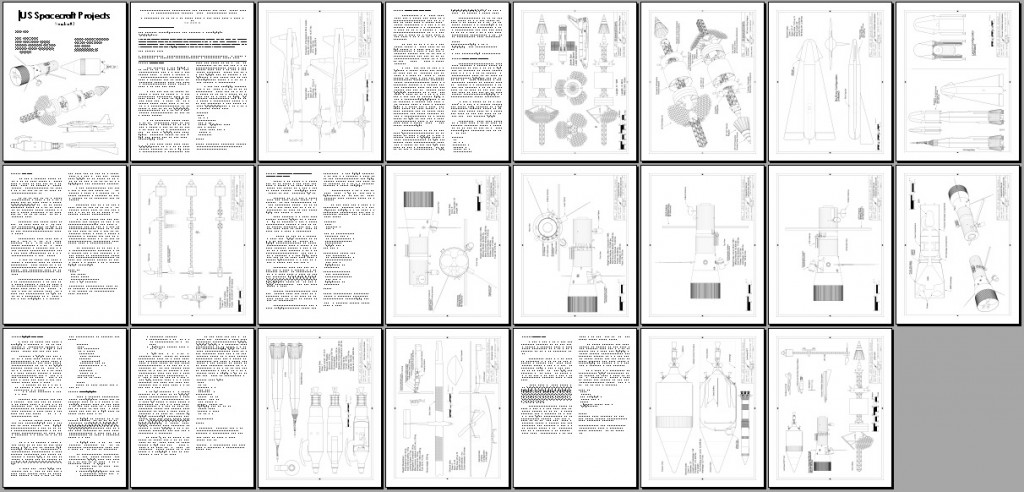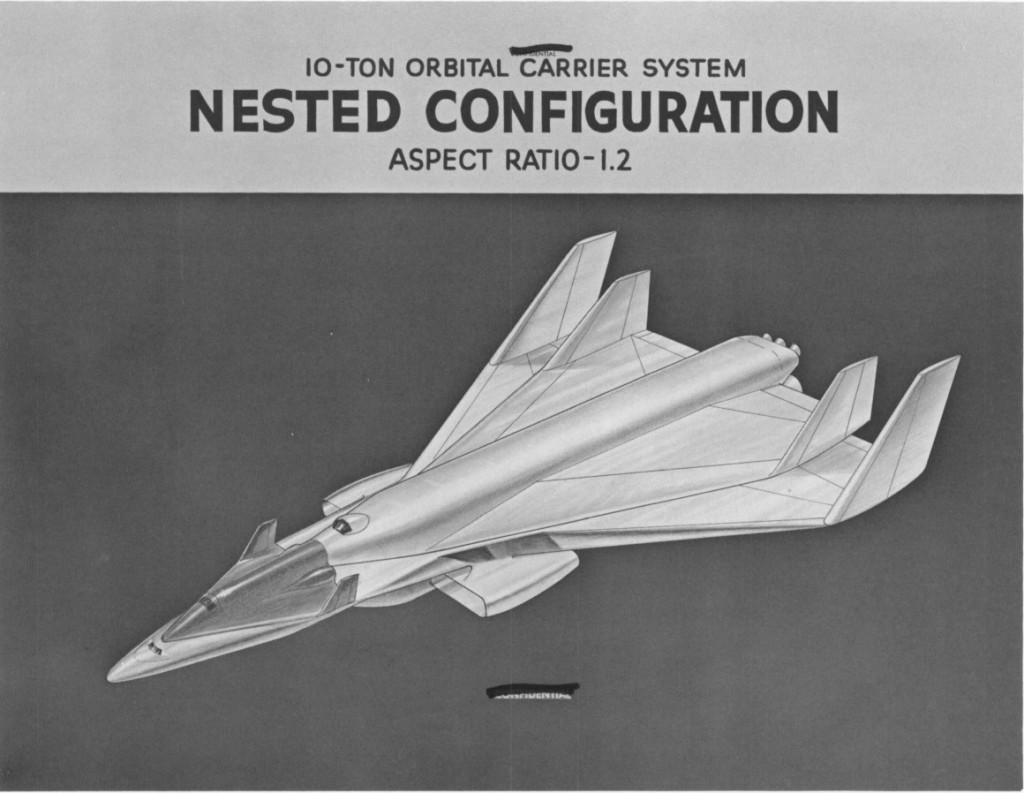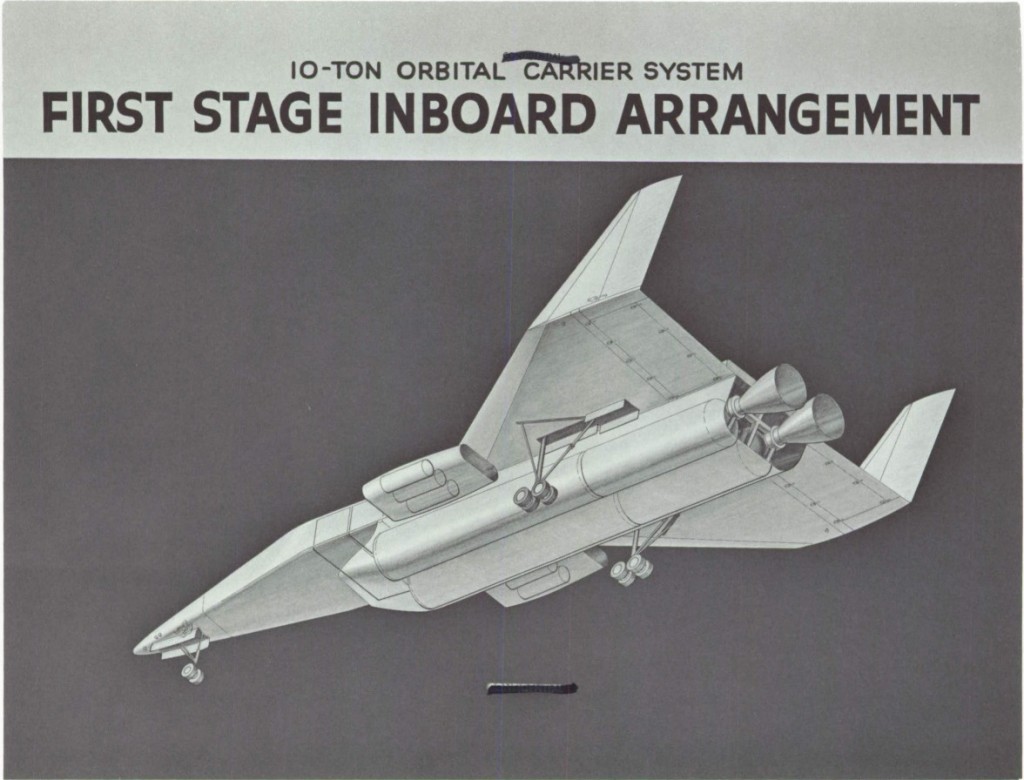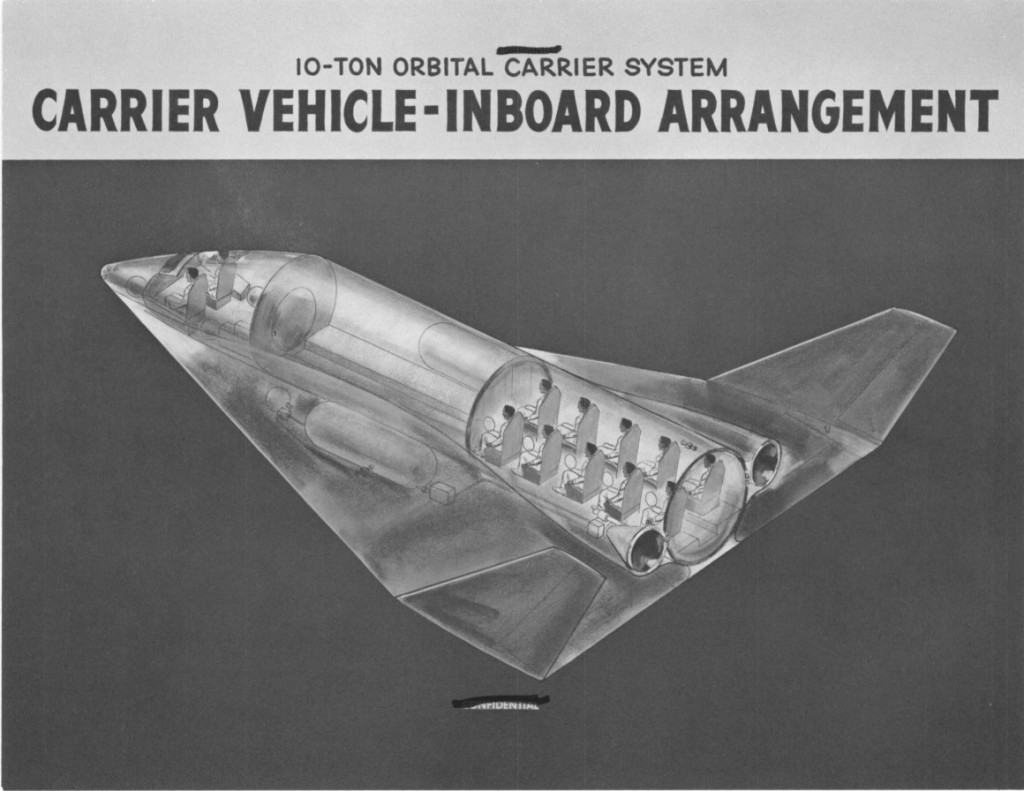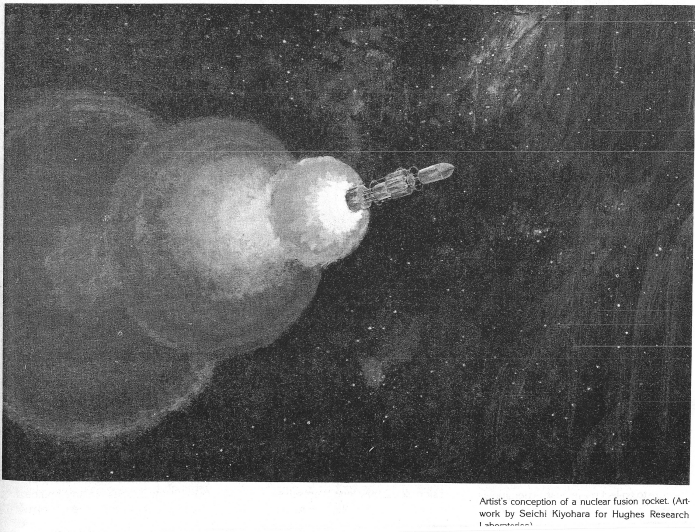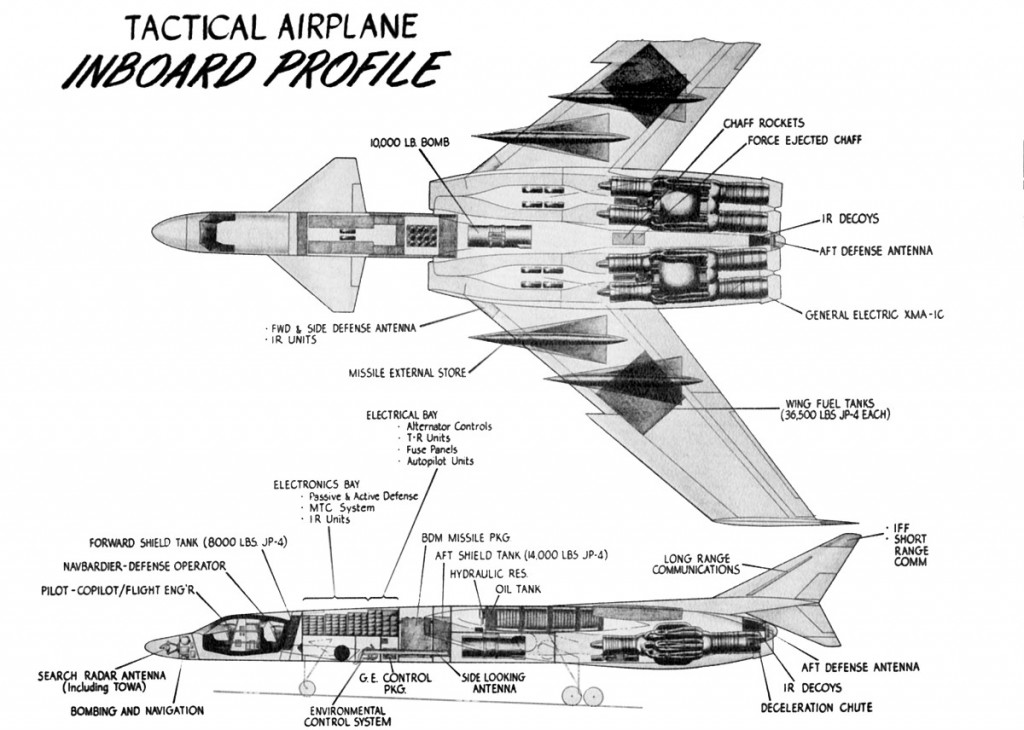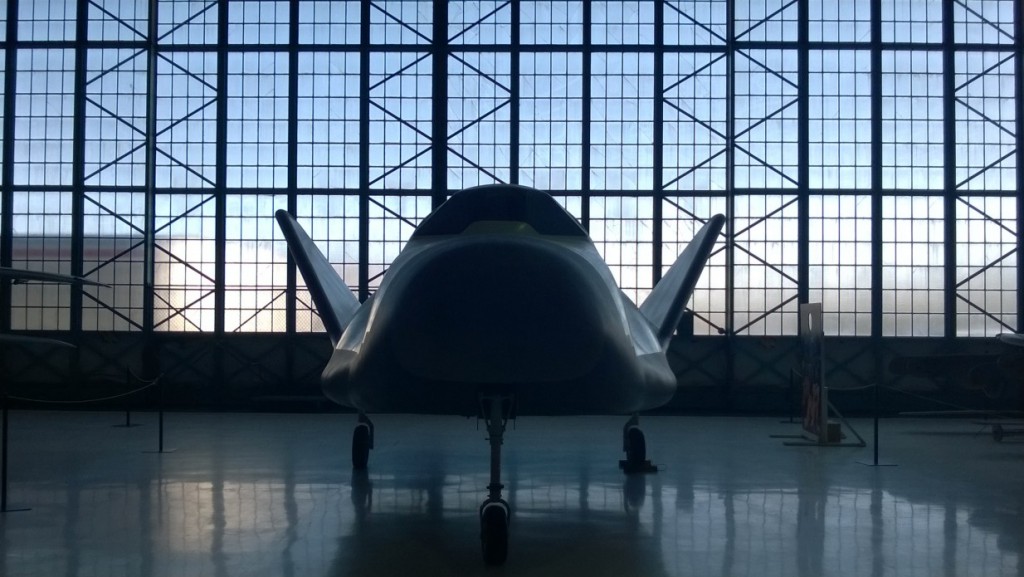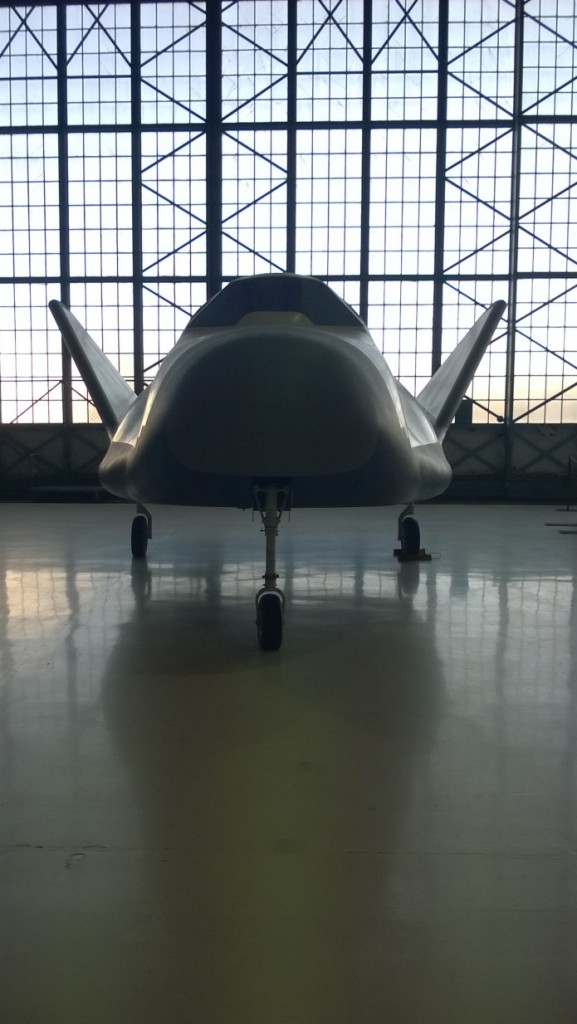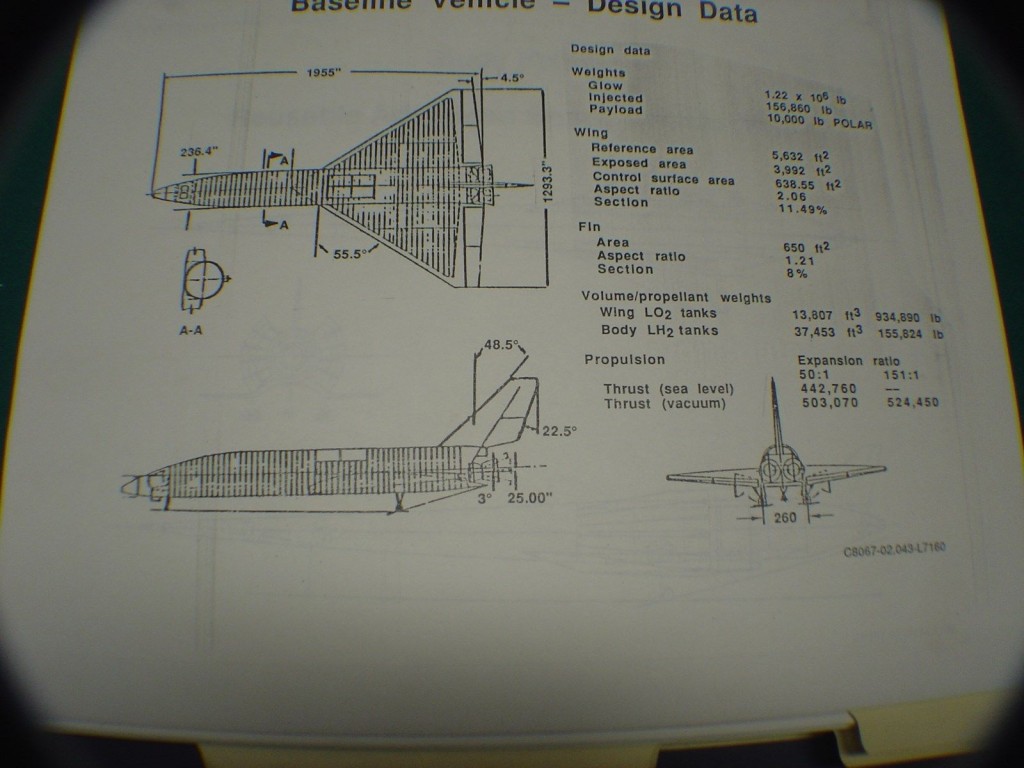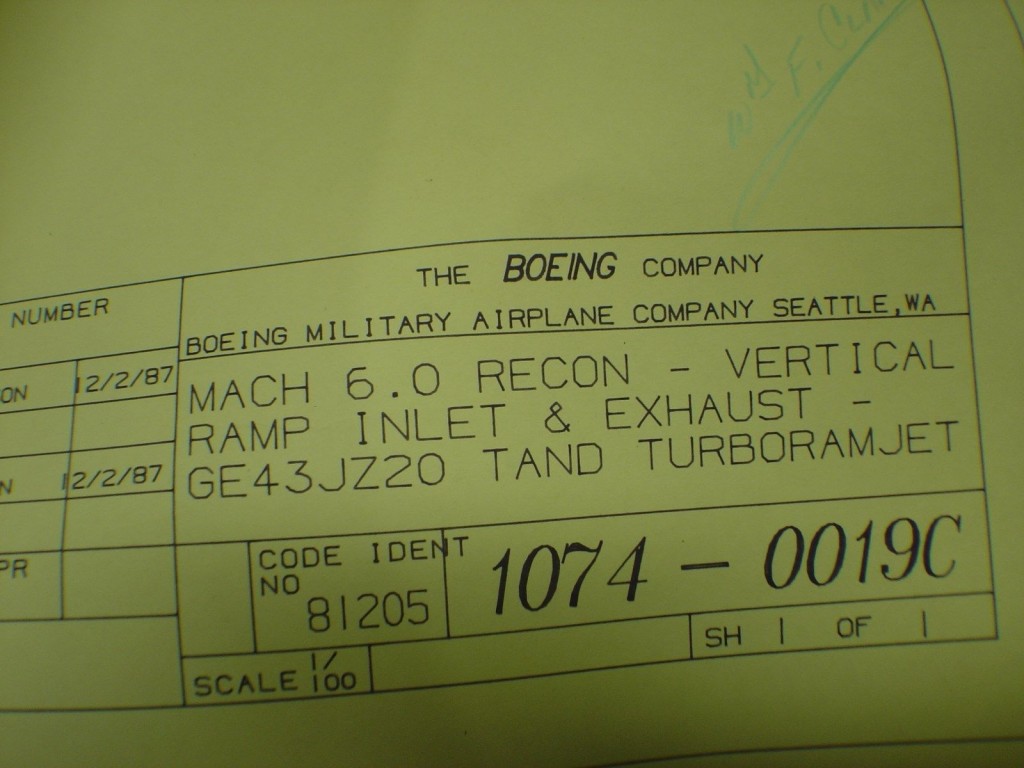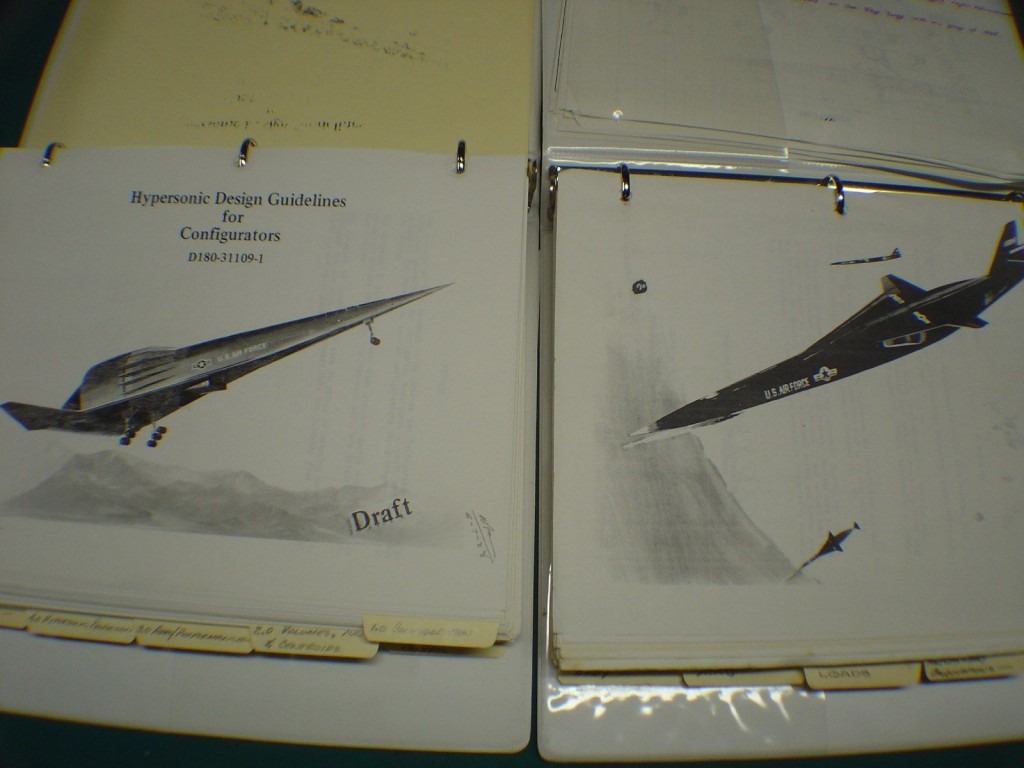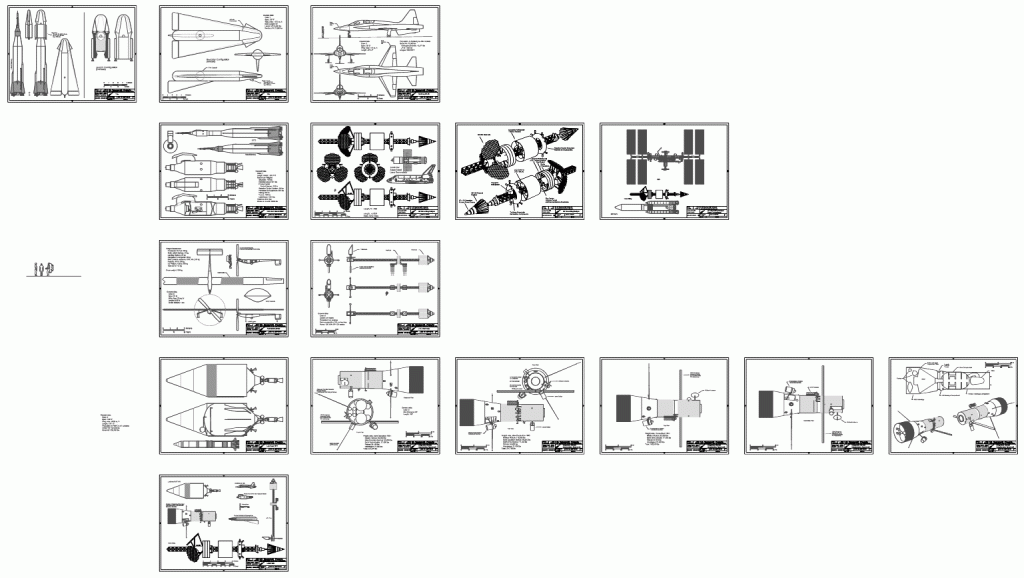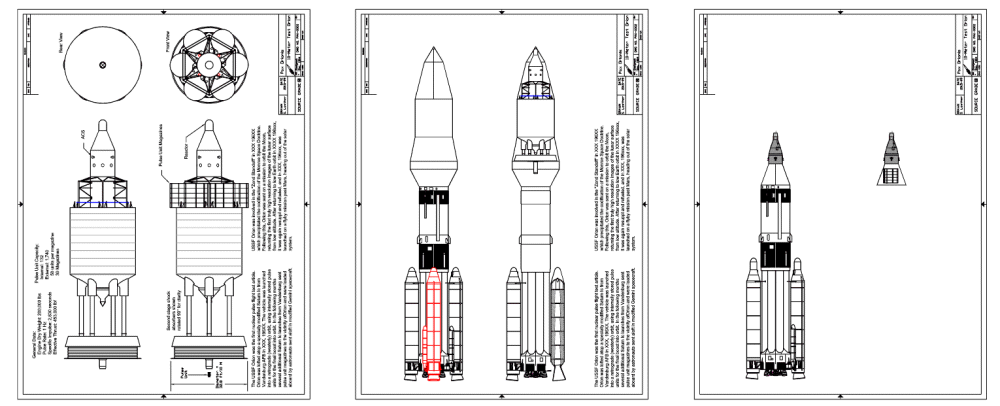Now available… two new additions to the US Aerospace Projects series.
US Bomber Projects #16: The B-52 Evolution Special
Boeing Model 444 A: A late war turboprop heavy bomber
Boeing Model 461: An early postwar turboprop heavy bomber
Boeing Model 462: A large six-turboprop ancestor of the B-52
Boeing Model 462-5: A six-turboprop B-52 ancestor
Boeing Model 464-17: 1946 four-turboprop strategic bomber, a step toward the B-52
Boeing Model 464-18: a reduced-size version of the 464-17 turboprop strategic bomber
Boeing Model 464-25: a modification of the 464-17 turboprop bomber with slightly swept wings, among other changes
Boeing Model 464-27: a slightly-swept turboprop B-52 progenitor
Boeing Model 464-33-0: A turboprop B-52 predecessor
Boeing Model 464-34-3: A turboprop B-52 predecessor
Boeing Model 464-40: The first all-jet-powered design in the quest for the B-52
Boeing Model 464-40: The first all-jet-powered design in the quest for the B-52
Boeing Model 464-046: A six-engined B-52 predecessor
Boeing Model 464-49: The penultimate major design in the development of the B-52
Fairchild M-121:A highly unconventional canard-biplane
Convair B-60: A swept-wing turboprop-powered derivative of the B-36
Douglas Model 1211-J: An elegant turboprop alternative to the B-52
With additional diagrams of the B-47, XB-52 and B-52B
USBP#16 can be purchased for downloading for the low, low price of $6.
—


US Spacecraft Projects #03
Northrop ST-38 Space Trainer: a rocket-powered T-38 for trips to space
“Have Sting:” A General Electric design for a gigantic orbital railgun
JPL Thousand Astronomical Unit probe: A spacecraft into interstellar space
Integrated Manned Interplanetary Spacecraft: A Boeing concept for a giant spacecraft to Mars and Venus
Convair Inflatable Spacecraft: an early spaceplane concept
One Man Space Station: A 1960 McDonnell concept for a tiny space station
Astroplane: A lightweight aircraft for the exploration of Mars
Reactor-In-Flight Test: A Lockheed nuclear-powered stage for the Saturn V
USSP#03 can be purchased for downloading for the low, low price of $5.
—

